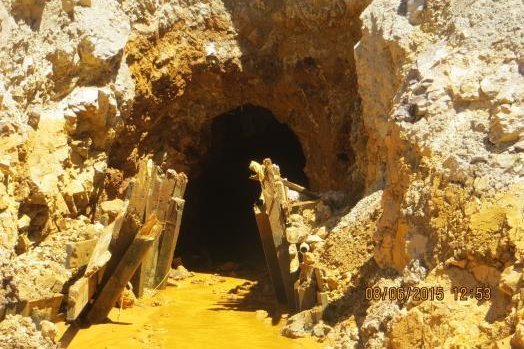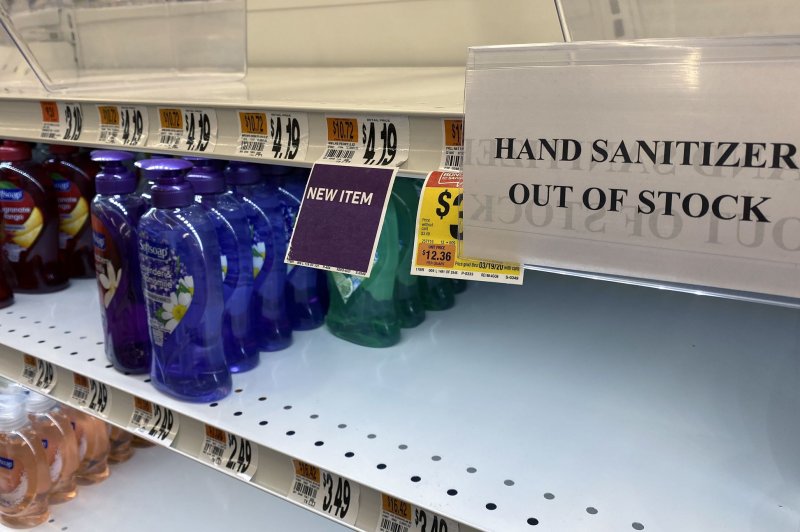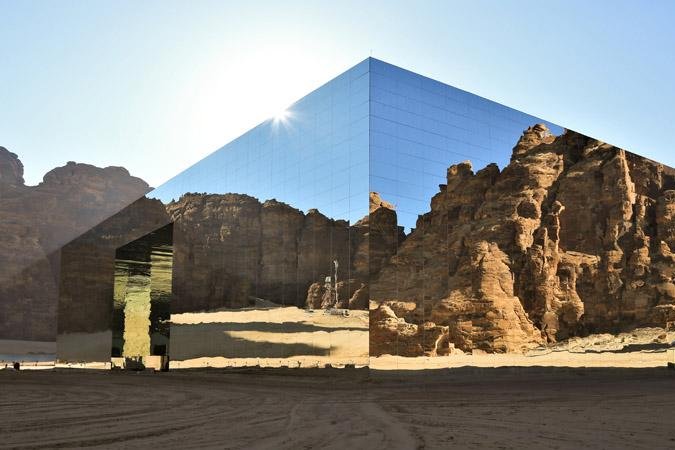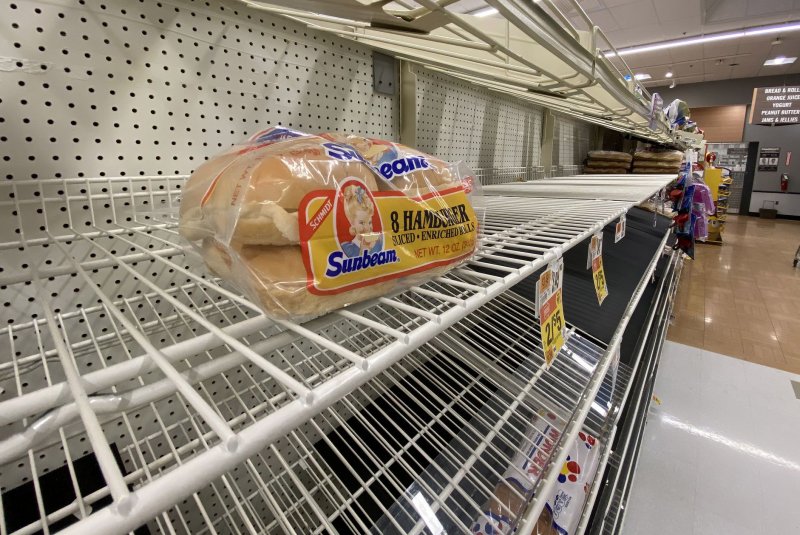Abandoned mines in the West pose safety, environmental hazards
By Jean Lotus UPI 3/27/2020

Abandoned mines in the U.S. West are safety hazards and can cause environmental damage, like the 2015 blowout at Colorado's Gold King mine. Photo courtesy of the U.S. Environmental Protection Agency
DENVER, March 27 (UPI) -- As many as one-half million abandoned underground mining sites might exist on U.S. public lands, and at least 215,000 are considered hazardous, according to a new government report. Cleaning them up could costs tens of billions of dollars.
Open mine shafts attract daredevils and cause injuries and falls, state agencies say. Acidic leaks from abandoned mines in mountain headwaters send toxic water pollution downstream.
The findings came after U.S. Sen. Tom Udall, D-N.M., requested an update on hazardous abandoned mines from the U.S. Government Accountability Office as Congress considers the American Energy and Innovation Act, which would fast-track mineral mining permits.
Udall and U.S. Rep. Raul Grijalva, D-Ariz., seek to revise the General Mining Act of 1872, which exempts mineral mining operations from paying the U.S. government royalties on public land, unlike other extractive industries like coal and oil and gas.
Lawmakers propose taxing mineral extraction royalties between 5 and 8 percent on federal lands.
"We absolutely must bring federal hardrock mining laws into the 21st century," Udall said in a statement. "And we have to start by telling these largely foreign mining companies that they need to pay their fair share to deal with the toxic legacy that mining has left across the West and the nation."
Cleanup needed
State agencies hope a national approach to fund mine reclamation could help clean up their dangerous abandoned mines.
Utah, for example, is trying to seal more than 17,000 holes in the ground created by prospectors who walked away from underground tunnel operations when they mined for gold, silver and other minerals, including uranium.
"Most of these mines are unstable," said Steve Fluke, administrator of Utah's Abandoned Mine Reclamation Program. "They've been sitting there for 100-plus years, and support timbers have rotted, shafts have caved in. There can be low oxygen and sometimes radioactive material and leftover explosives."
The Utah program closed 6,000 mines in 30 years and has operated on a shoestring budget of less than $1 million yearly, Fluke said.
"As more people are using ATVs and climbing and recreating in really remote spots, we're discovering more unsealed mines," Fluke said.
'Stay out, stay alive'
Almost 280 abandoned-mine fatalities were reported nationally between 2001 and 2017, according to the U.S. Department of Labor Mine Safety and Health Administration.
"Stay out and stay alive" is the motto of mine reclamation programs across the West.
But some are drawn to the danger.
"I've been 1,200 feet down a mine shaft with only a rope to get in and back out," said Jeremy MacLee, a Salt Lake City electrician who spelunks down mine shafts for entertainment. "If something goes wrong 800 feet down, you can only depend on yourself."
Some explorers are neither as experienced nor as lucky.
In 2017, near Denver, a teen amateur climber fell and broke his ankle in a foothills mine shaft when his clothesline rope snapped.
"He was extremely fortunate. He fell down 50 feet, when the mine itself is 100 feet deep," said Jeff Graves, director of Colorado's Inactive Mine Reclamation Program. "I don't care what kind of experience they have. We would never recommend that folks enter abandoned mines."
Probably more than 23,000 abandoned mine sites exist in Colorado, Graves said, but no one is sure.
Boulder County resident Haydee Kuner said she has been nervous for decades about the abandoned Black Bird mining operation on her property.
"We had put a barbed wire fence around the 100-foot shaft, but that was not enough," Kuner said. "My son used to explore the horizontal tunnel that went straight into the granite."
Last year, the state's mine reclamation program capped the Black Bird shaft and put a bat-friendly, barred gate on the tunnel. Bats and other creatures like snakes and insects sometimes live in former mines.
Water pollution
Abandoned mines in Colorado's Rocky Mountains have an added risk. Acidic mine leaching can pollute headwaters of rivers and travel many miles downstream.
About 220 Colorado leaching abandoned mine sites are close to waterways in the high Rockies, according to the state's Water Quality Control Division.
Inactive sulfide, buried in ore, reacts after being exposed to air and water, creating sulfuric acid in abandoned and flooded underground mines.
This chemical reaction caused a blowout in 2015 at Colorado's Gold King mine when Environmental Protection Agency Superfund contractors accidentally spilled 3 million gallons of toxic mine water.
The Animas River turned orange, filled with oxidized iron called "yellowboy," along with other leached elements such as cadmium, copper and zinc. Pollution reached Lake Powell, more than 300 miles away.
Finding the money
Cleaning up the 25 most expensive environmental mining leaks has ranged from $50 million to $583 million per site, the new GAO report said.
Nationwide, finding $11.6 billion to clean up dangerous abandoned mines will be a challenge.
In states like Montana and Colorado, coal mining royalties are available for abandoned mine cleanup under the Surface Mining Control and Reclamation Act.
But activists say it's a drop in the bucket.
"At about $3 million per year, it's going to take forever to clean up all the abandoned mines in Montana," said Helena-based Bonnie Gestring, northwest program director for environmental group Earthworks.
"There is no dedicated revenue source for the cleanup of abandoned mines at the federal level. That's the only way these cleanups can really be addressed," she said.






